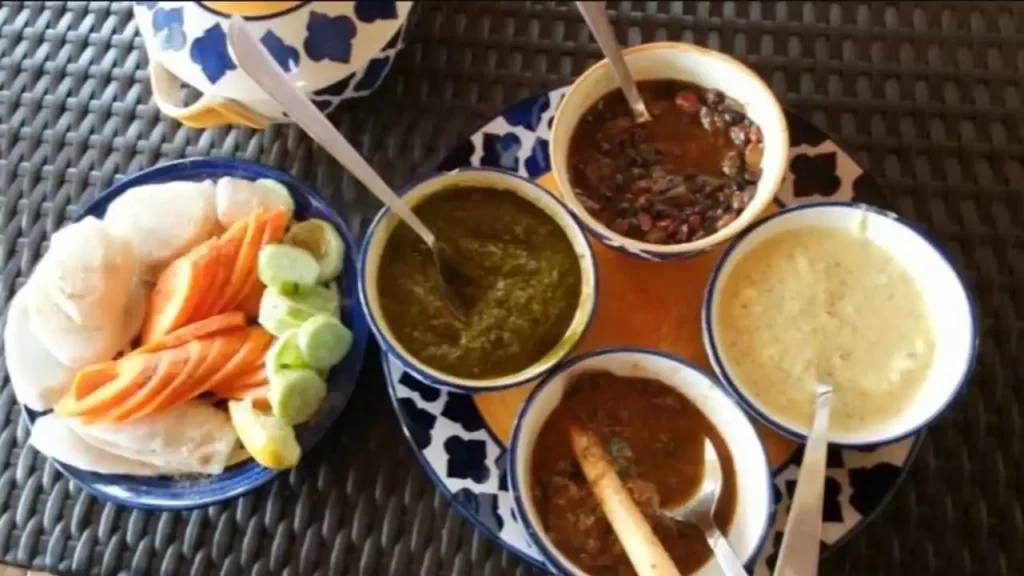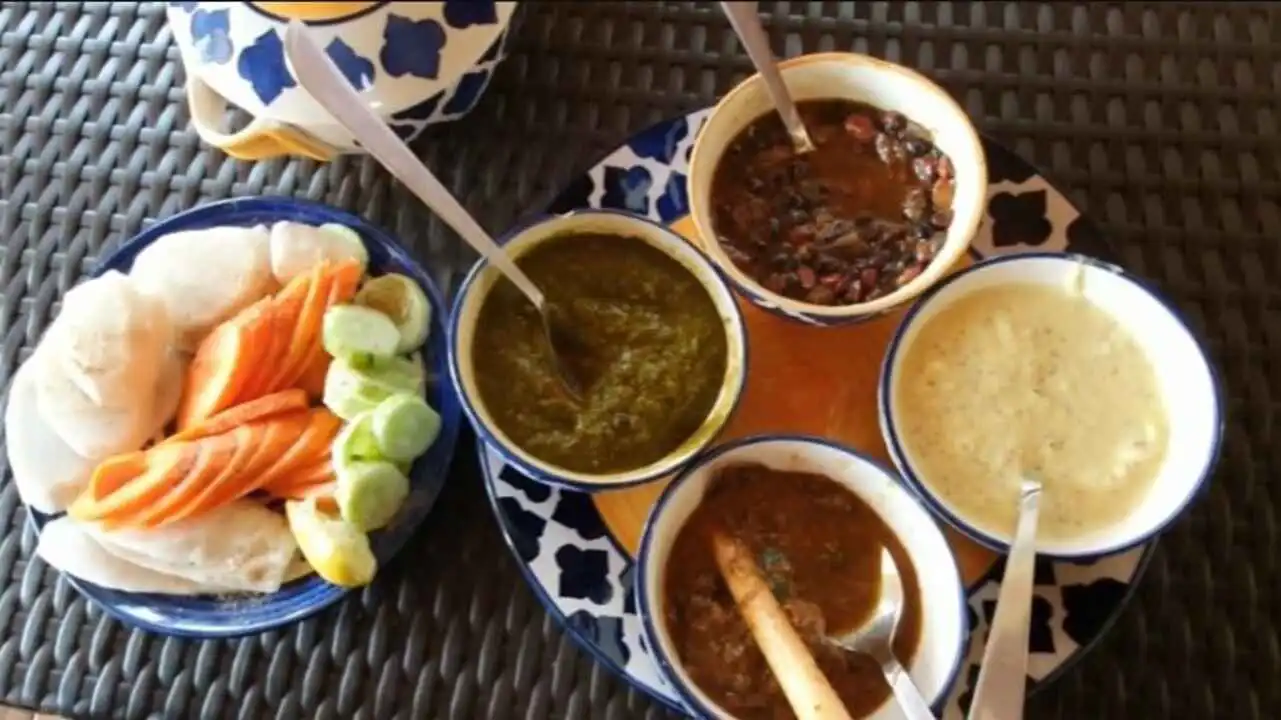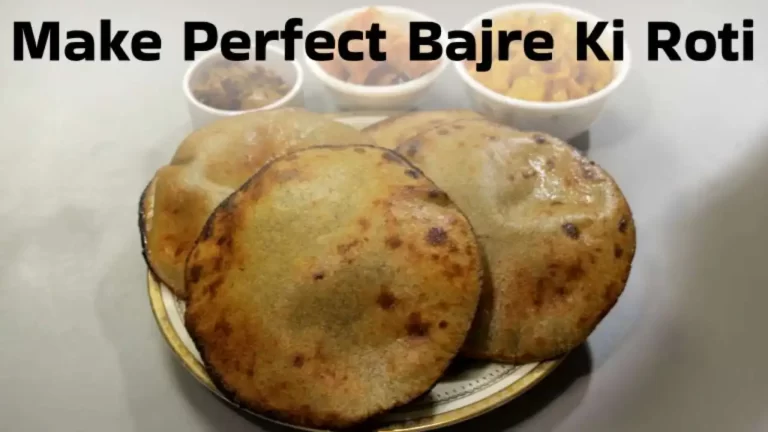Unique Flavors of Kumaoni Cuisine: 6 Dishes for Food Lovers

Being nestled in the Himalayas, the region of Kumaon in Uttarakhand, India is known for its rich culture which is perfectly captured in its Kumaoni food. If wondering about the undiscovered delights in the culinary scenes here seemed intriguing, you’re going to be pleased. We are going to look at the delicious and colorful dishes you absolutely must taste in Kumaoni cuisine.
Table of Contents
Discover the Unique Flavors of Kumaoni Cuisine:
The beauty of the Himalayas is a backdrop for Kumaoni cuisine which displays the flavors and traditions of this area. For food lovers, discovering this place allows them to explore many different foods that both please them and tell the region’s history. You can see, smell and even taste the delightful flavor of Kumaoni food—just like a feast for the senses. The special taste of ‘Bhaang Ki Chutney’ or the assuring warmth of ‘Aloo Ke Gutke’ always bring you on a delicious journey.
Following are ten dishes that highlight why Kumaoni cuisine is so known for its charm and strong flavors. Get ready to find out how every dish draws you closer to the soul of Bavaria which makes it a must-visit place for daring foodies. Taste this special regional food to enjoy why Kumaoni cuisine is unique.
Key Ingredients
People will find its appeal if they know the key ingredients, even if these are not commonly seen in other types of food:
| Ingredient | Description |
| Bhatt (Black Soybean) | In Kumaoni cuisine, lentils are present and well-loved because they are rich in protein and are commonly featured in curries. |
| Mandua (Finger Millet) | An interesting grain that makes rotis and other meals stand out. |
| Jhangora (Barnyard Millet) | Because it is light and healthy, it is frequently included in sweets and drinks. |
| Fresh Green Vegetables | Radish greens, spinach and mustard leaves are among the seasonal greens used to make great sabzis. |
| Herbs and Spices | Special herbs such as bhangjeera (wild rosemary) provide dishes with an unusual aroma. |
The Cultural Significance of Kumaoni Food
The traditions of Kumaon are reflected in its cuisine which is so much more than just what we eat. because the dishes are formed from the everyday traditions of Uttarakhand, there is always a story of the mountains in what is served. Even though the recipes are simple, the cooking methods are detailed, showing the close bond between people and the resources from nature. Over the centuries, the cuisine changed according to the farming traditions, climate and things people could grow locally.
Using locally available foods is a central quality of Kumaoni cuisine. Being a mountainous area affects the food produced, so the main dishes are those made from hard grains, pulses and vegetables. There is now a special culinary culture that centers on using delicious fresh and seasonal products. Most dishes are warm and spicy to give people extra strength and comfort during the cold mountain seasons.
Kumaoni food holds cultural value because it is often eaten together with people from the community. Family and friends come together over food, tell stories and build stronger relationships. Special dishes are served during festivals and celebrations and every culture attaches its own meaning to them. People of Kumaon use food to show respect for their past, remember their forefathers and teach their children the art of cooking.
Must Try Kumaoni Cuisine Dishes
1. Aloo Ke Gutke
Kumaoni people are famous for their taste in basic and flavorful food and Aloo Ke Gutke is one of their traditional dishes. The potatoes are placed with spices to form this dish, allowing them to absorb the earthy and rich flavor from those spices. Aloo Ke Gutke is different because it is easy to cook and emphasizes the original taste of its ingredients. Many families make this meal during festive and special times, giving a cozy feeling to the table.
Aloo Ke Gutke is prepared by boiling potatoes until they have a slight tender feel. Next, the potatoes are chopped and put into a pan to sauté with mustard oil, cumin and red chilies. Kumaoni food is defined by the strong aroma of mustard oil used in its cooking. Tossing the potatoes in oil with spices ensures the potatoes get coated and bring together all the tastes and textures.
When everything is cooked, a mix of turmeric and coriander powder is sprinkled to color and enrich the flavor of the potatoes. A final sprinkling of few fresh coriander leaves gives the dish more freshness and a touch of citrus flavor. Traditionally, Aloo Ke Gutke is eaten along with roti or puri and it can be served as a side dish or a main course too. Because it is easy to prepare and very tasty, Kumaoni cuisine lovers must try it.
2. Bhatt Ki Chudkani
Bhatt Ki Chudkani represents the skill of Kumaoni people in cooking simple meals using just what they have at hand. The ingredients used are black soybeans called bhatt which are a common part of Kumaoni meals. Black soybeans are mixed with spices and yogurt to give a tasty, nutritious and satisfying curry dish. Bhatt Ki Chudkani demonstrates that with simple ingredients, Kumaoni cuisine is able to make delicious dishes.
Cooks begin by soaking black soybeans in water overnight, so they are soft when cooked. At this stage, the softened beans are seasoned with cumin, coriander and turmeric, so the dishes gain a rich and earthy taste. Yogurt does more than make the food tastier; it helps even out the intensity of the spices. The curry comes out creamy, tasty and will make you feel warm and pampered.
Often, Bhatt Ki Chudkani is eaten with steamed rice or mandua roti which makes it both comfortable and filling. Soup is typically appreciated in the colder months because it keeps one warm and satisfied. When black soybeans and yogurt combine, you get a meal with rich texture and nice flavor. Anyone wanting to taste the essence of Kumaoni food should sample a dish called Bhatt Ki Chudkani.
3. Kumaoni Raita
The light and flavorful kumaoni raita goes perfectly with the hot and flavorful main dishes of Kumaoni cuisine. After combining yogurt and many fresh vegetables and spices, raita makes a wonderful partner to any meal. The yogurt cools down the heat from the spices, making the flavors work together nicely and relaxed. Kumaoni cuisine excels in making basic dishes that add to the pleasure of dining.
A thick and fresh portion of yogurt forms the first step in preparing Kumaoni Raita. Yogurt is whisked for smoothness and creaminess which creates a velvety and delicious texture. Following this, some cucumber, tomato and onion are finely chopped and added to the yogurt, together with a little salt and some roasted cumin. Mixed with creamy yogurt, yummy vegetables add some crunch and a different taste to the salad.
To add more flavor to the raita, fresh coriander leaves and a pinch of red chili powder are tossed in: this brings both color and a little spice to the dish. You can enjoy Kumaoni Raita cold which makes it an ideal side on hot summer days. When eaten with rice, roti or spicy curry, it gives you a fresh and cooling contrast to the main dishes. If you want to try a light and tasty Kumaoni dish, you must sample Kumaoni Raita.

4. Chainsoo
The Kumaonis are known for their love for hearty and nutritious dishes and Chainsoo illustrates this well. Black gram (urad dal) is used to make this dish which is flavorful and filling. It is the dry roasting of the lentils, seasoning them with spices and cooking them in ghee that gives Chainsoo its recognizable flavor and texture. The result of Kumaoni cooking is shown with how it can turn simple foods into fantastic dishes.
Dry roasting the black gram on a pan makes it golden brown and full of an appetizing aroma, the start of preparing Chainsoo. By roasting, the lentils become tasty and develop an earthy and nutty taste. The roasted lentils are turned into a coarse powder which is then mixed with cumin, coriander and turmeric and cooked. Adding ghee makes the curry smooth, creamy and very satisfying in taste.
You can pair chainsoo with rice or mandua roti which helps make it a complete and full meal. Roasted lentils teamed with fragrant spices result in a dish that tastes more than ordinary. Many people choose soups in cold weather, since they give both comfort and energy. Anyone wanting to enjoy real Kumaoni food should samples Chainsoo, a delicious and healthy dish.
Also read: Why Your Spices Need a Sil Batta
5. Farcha
Farcha represents the love Kumaoni people have for homemade and tasty food. Using aromatic spices, this dish brings out the lovely earthy taste in colocasia leaves. The special thing about Farcha is that it is simple and lets the ingredients shine through. Many people like to serve this meal at festivals and occasions, since it makes everyone feel welcome and comfortable.
The first step in preparing Farcha is to get some fresh and delicate colocasia leaves, wash them and dice them into manageable pieces. The leaves are first sautéed in a blend of mustard oil, cumin seeds and dried red chilies which give the dish a signature spicy taste seen in many Kumaoni recipes. When the colocasia leaves are put in the scented oil, they start to pick up the flavors of the spices and bring all the flavors together nicely.
When finished, the dish is sprinkled with turmeric and coriander powder, making the leaves colourful and tasty. The very last step is to garnish each burger with a good portion of fresh coriander leaves for their crisp flavor and citrus scent. Farcha is usually eaten with roti or puri and people may enjoy it as an extra dish or as their main meal. Because of how simple it is and the strong taste, this dish can’t be missed if you want to sample local Kumaoni cooking.
6. Phaanu
Phaanu is an example of how the people in Kumaon use what they have available to make both rich and healthy foods. Kicking Dal is a mix of different kinds of lentils which are soaked the night before and cooked with spices to make a delicious and aromatic dish. Phaanu shows how Kumaoni dishes use simple raw materials to make delicious meals.
Before Phaanu can be prepared, people soak black gram, green gram and horse gram help soften overnight. Soaked lentils are next cooked with cumin, coriander and turmeric, making the dish aromatic and earthy. Adding ghee gives the curry a rich and butter flavor and makes it creamy and pleasing for every taste.
The meal is usually completed by eating Phaanu alongside steamed rice or mandua roti. Using mixed lentils together with aromatic spices gives the dish a distinctive taste that is both filling and tasty. Many people like to have this dish in colder times, as it is both nourishing and warming. Experiencing Kumaoni cuisine most authentically starts with trying Phaanu which will please your taste buds and provide good nutrition.
Cooking Experience of Kumaoni Cuisine
Bring the ideas of Kumaoni cuisine with you by taking a cooking class in the region. Various local chefs give classes on making traditional food, allowing you to try the techniques and recipes that have been handed down through generations in Kumaon.
FAQ About Kumaoni Cuisine
Q1. What are the health benefits of Kumaoni Cuisine?
Ans: Since it is largely vegetarian, Kumaoni cuisine is full of nutrients and fiber from millets, beans and vegetables. Eating meals made with traditional herbs and spices can result in reduced inflammation.
Q2. Is Kumaoni Cuisine spicy?
Ans: Kumaoni dishes are not very hot, but the ingredients are what give them most of their flavor. Ask anytime for your meal to be seasoned to your desired level of heat.
Q3. Are the dishes suitable for children?
Ans: Kumaoni food is typically not too spicy which means dishes can be made suitable for children. Everything included is natural and promotes eating well.
Q4. Can non-vegetarians find options in Kumaoni Cuisine?
Ans: On the whole, most dishes are vegetarian, but some places provide lamb and chicken curries that are made in interesting local styles. Keep in mind that there may be less choice on the menu for vegans than for vegetarians.
Outcome
Kumaoni cuisine represents the wealth and identity of life in the Kumaon region. Its special flavors, use of traditional ingredients and traditional ways of cooking make the food a must-try adventure. Enjoying Kumaoni dishes anywhere, you can enjoy their tasty and different flavors. See for yourself the unique food that is found across Kumaon!



